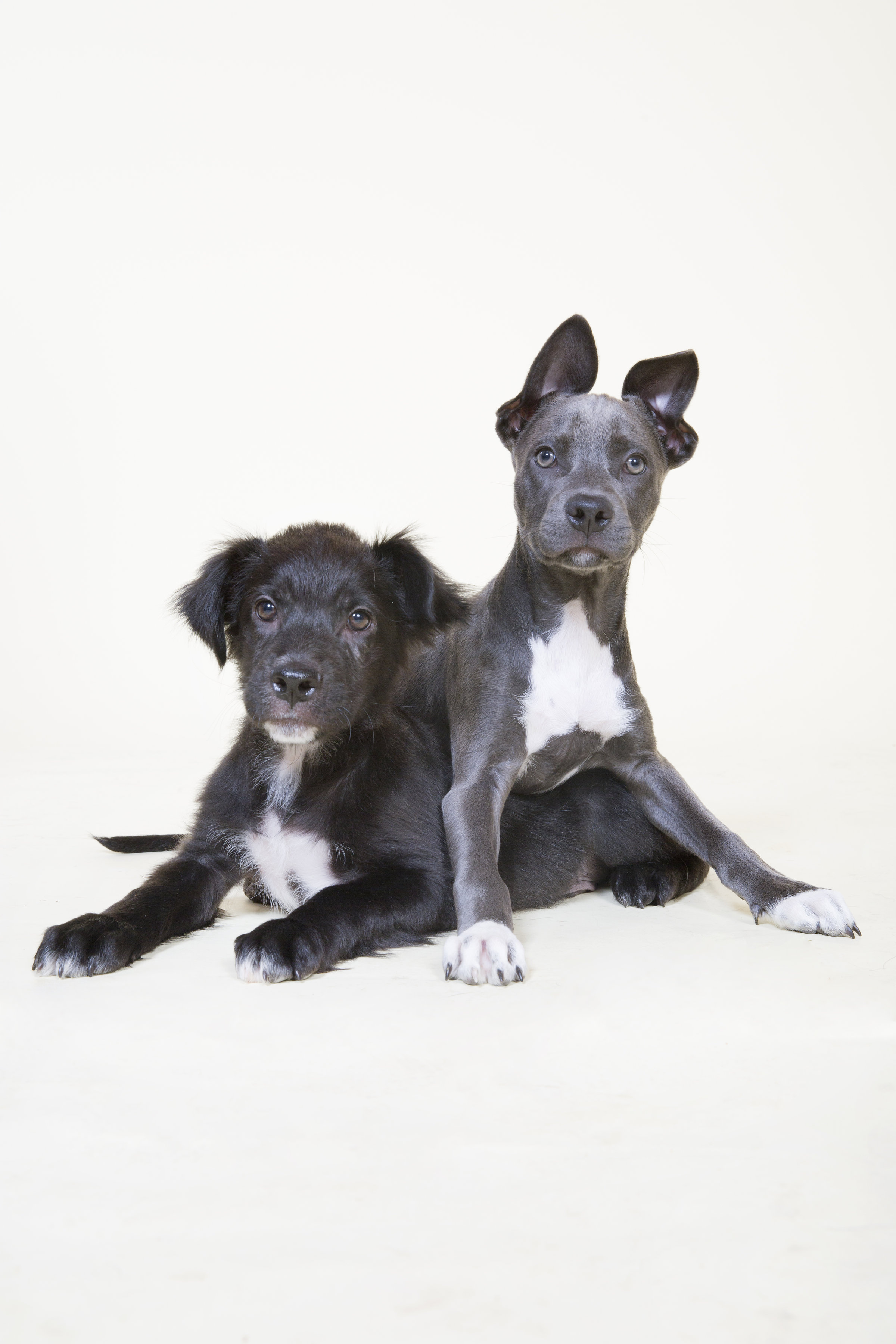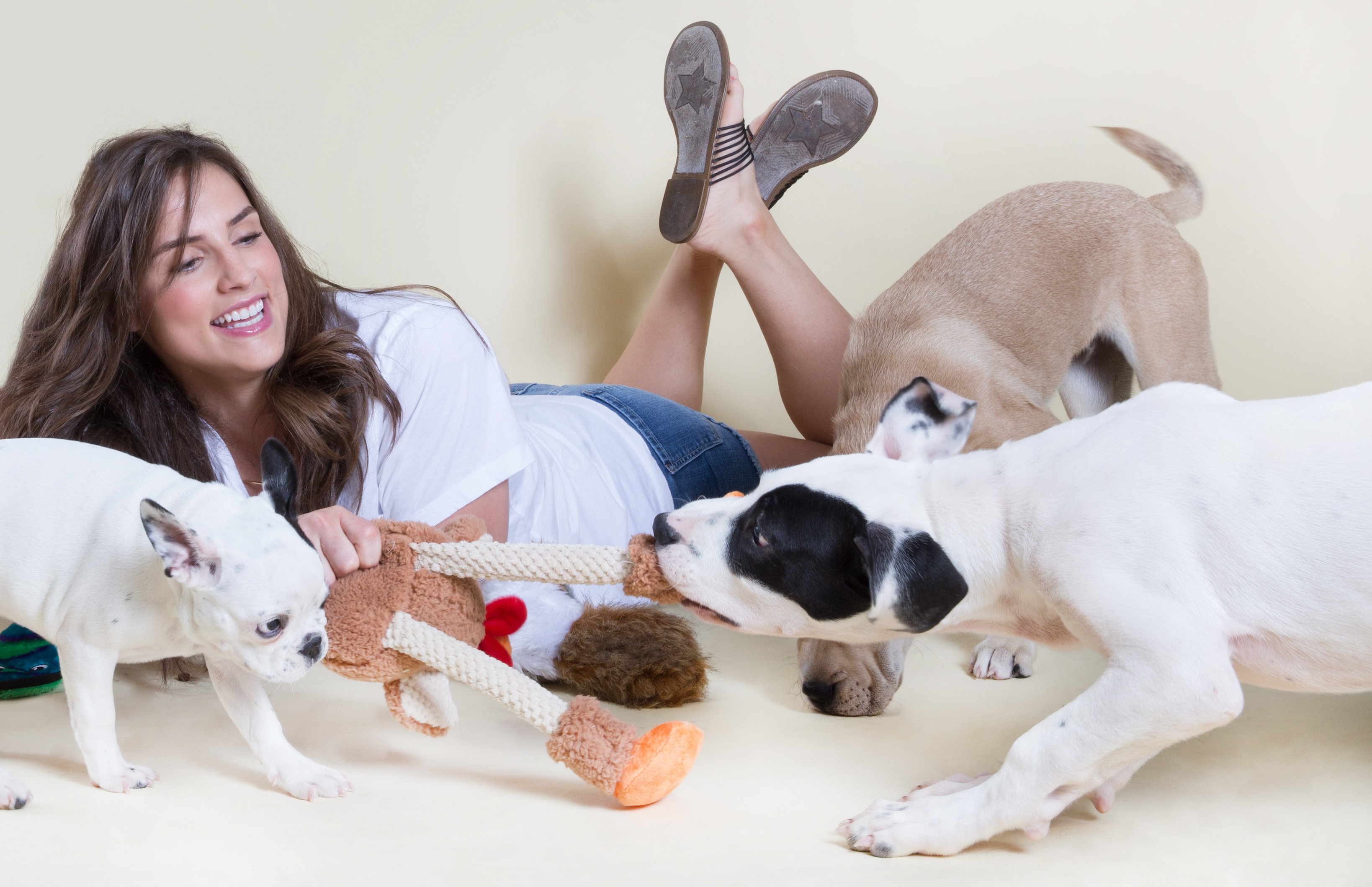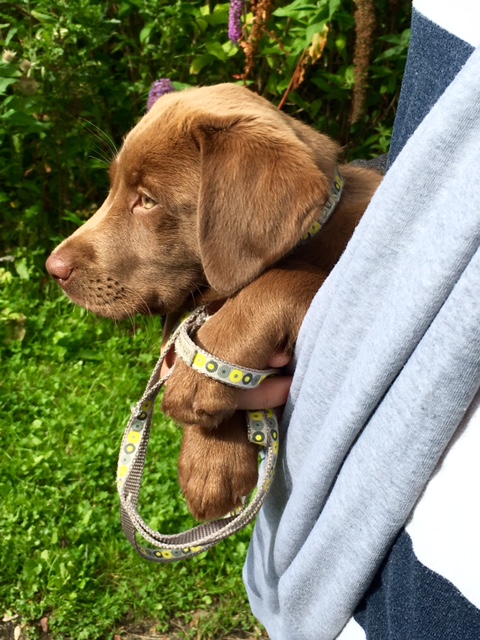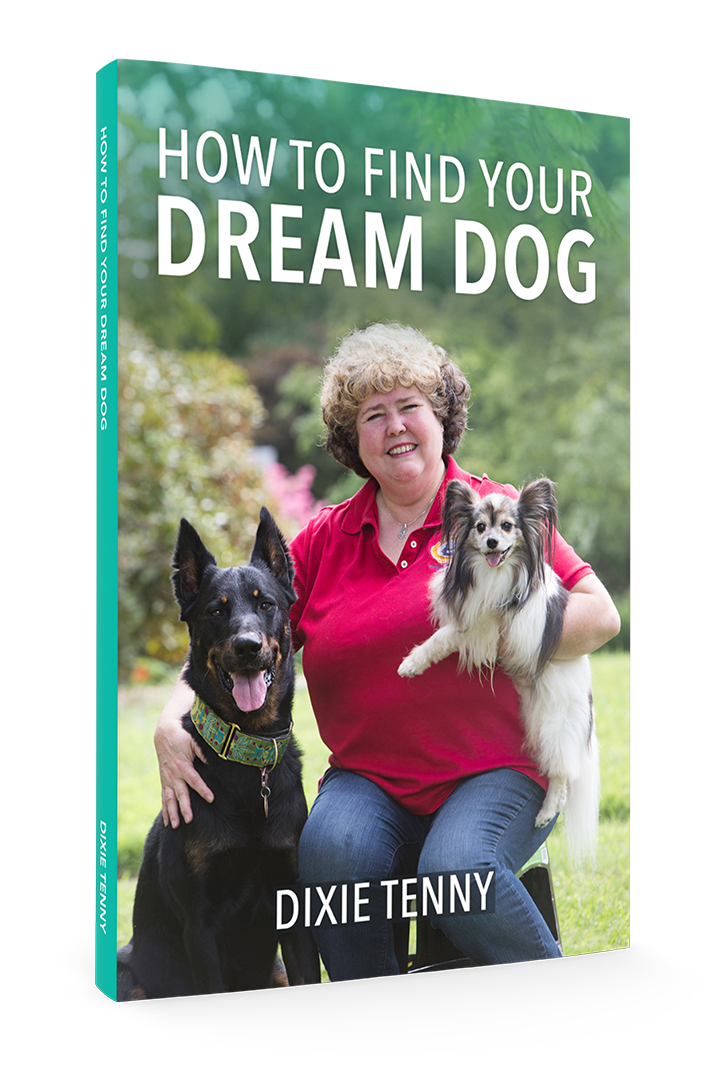Puppy socialization is huge these days. Puppy owners are told that if they want a well-adjusted puppy who is friendly with people, they must get that puppy out on the streets. Goal: meet 100 people before the ‘window of socialization’ slams shut at 16 weeks of age. Most puppy classes feature an exercise called ‘Pass the puppy,’ where owners sit in a circle and pass each puppy to each person. Puppies are fed treats by everyone, and the expectation is that this will teach your puppy that people are wonderful.
But if you stay after puppy class and watch the adolescent and adult dogs come in, you might notice something interesting. Owners often seek training for dogs of this age because their dogs are jumping up on people – or dragging them toward people and dogs they pass on their walks – or both.
Could there be a connection?


What we want our puppies to learn and what they actually learn are often two different things. When we pass puppies around the circle, we want them to learn that people are nice and friendly, so that our puppies don’t grow up to embarrass us by barking or growling at strangers. What they appear to actually be learning, however, is that strangers are all potential treat dispensers. No wonder that they want to interact with every person they see.
Most puppies love people without needing any extra encouragement to do so. Sit down in a room with almost any litter of 8-week-old puppies and you will be enthusiastically licked and chewed and climbed on. This is true regardless of your sex, race, age, or physical condition. If you have a shy, fearful, or unresponsive puppy, you need help from a qualified shy dog expert; forcing attention on these puppies will make the problem worse. If you have a people-loving puppy, asking 100 strangers to pet and feed your puppy is likely to create real problems for you in the future. Months later, your dog will not understand why everyone the two of you pass on your walks doesn’t want to pet and feed him just because he now weighs 75 pounds instead of seven.
Your puppy does not need to be socialized to 100 strangers. But he does need to become familiar with the world in which he is going to live. He needs to be given the opportunity to observe the widest possible variety of people, places, and things, from a distance that is comfortable for him. Your puppy needs to learn that buses hiss, bicycles zoom past, children run and scream, balloons float overhead, and doors slam. He needs to learn that people wear hats, coats, glasses, and costumes, sport beards and jangly bracelets, walk behind rattly carts and ride in wheelchairs, and come in a wide variety of colors, sizes, and scents. He needs to smell perfume, cigarette smoke, furniture polish, and sweat.
Your puppy needs to be given many, many opportunities to file sights, sounds, and smells under ‘normal, not important.’


Socialize selectively. Introduce your puppy to people your puppy will be expected to interact throughout his life: family, friends, neighbors. Teach him that the presence of these people triggers good things from you, such as attention, treats, or play. Think about it. If your mother handed you a $50 bill every time your great-aunt walked in the door, the presence of your great-aunt would cause you to focus on your mother. But you would also develop some very warm and fuzzy feelings about the presence of your great-aunt. And isn’t that really what we want our dogs to learn? Stay focused on me, ignore irrelevant people, feel pleasure when people we know and like are present but don’t mug them for goodies or attention.
A thorough and non-threatening introduction to his world during his puppyhood along with selective socialization will help your puppy grow into a calm and confident adult dog.
By entering your name and email below, you'll grab the Introduction of
How to Choose Your Dream Dog for FREE
How to Choose Your Dream Dog for FREE

